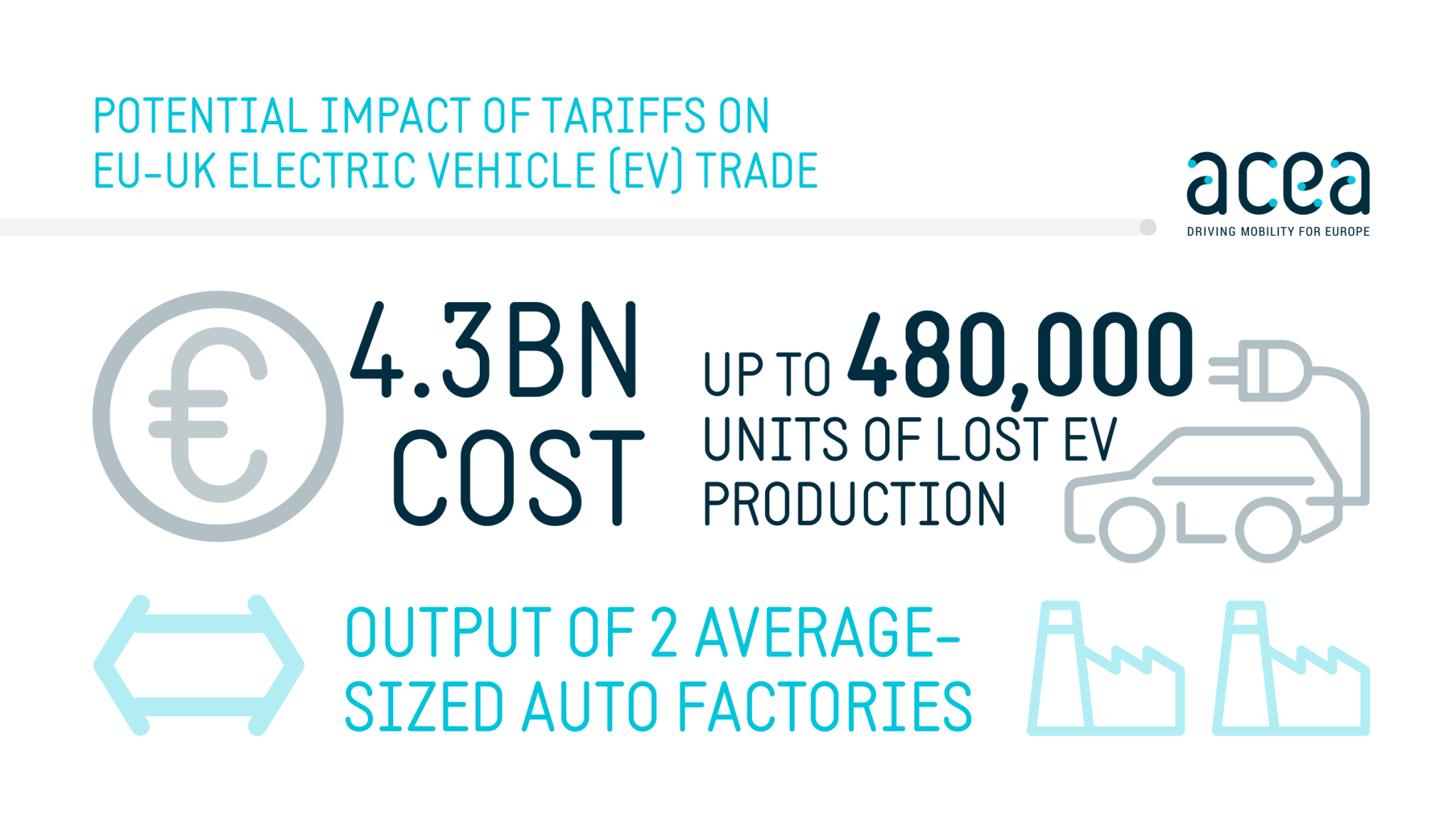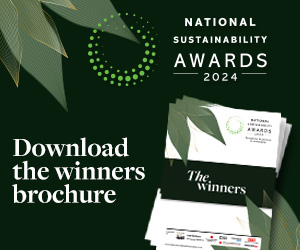The world will need to invest $4.5tr a year from 2030 to reach net zero by 2050.
The IEA has published an update to the 2021 report Net Zero Emissions by 2050: A Roadmap for the Global Energy Sector. Since the report was released, many changes have taken place, notably amid the global energy crisis triggered by Russia’s invasion of Ukraine in February 2022. Energy sector carbon dioxide emissions have continued to rise, reaching a new record in 2022.
Despite this, the 2023 update shows increasing grounds for optimism: the last two years have seen remarkable progress in developing and deploying some key clean energy technologies, keeping the Paris Agreement target still alive.
Yet to reach the target progress must accelerate, and clean energy investment must grow from the $1.8tr spent in 2023 to $4.5trn annually by the early 2030s, with a particular focus on developing countries.
The new Roadmap sets out a global pathway to keep the 1.5 C goal in reach, providing a comprehensive update to the original report and has served as an essential benchmark for policy makers, industry, the financial sector and civil society.
Since 2021, record growth in solar power capacity and electric car sales are in line with a pathway towards net-zero emissions globally by mid-century, as are industry plans for the roll-out of new manufacturing capacity for them. This is significant, since those two technologies alone deliver one-third of the emissions reductions between today and 2030 in the pathway. Clean energy innovation has also been delivering more options and lowering technology costs. In the IEA’s original Roadmap in 2021, technologies not yet available on the market delivered nearly half of the emissions reductions needed for net zero in 2050. That number has now fallen to around 35 per cent in this year’s update.
In this year’s updated net-zero pathway, global renewable power capacity triples by 2030. Meanwhile, the annual rate of energy efficiency improvements doubles, sales of electric vehicles and heat pumps rise sharply, and energy sector methane emissions fall by 75 per cent. These strategies, which are based on proven and often cost-effective technologies for lowering emissions, together deliver more than 80 per cent of the reductions needed by the end of the decade.
The Roadmap outlines a route to net-zero emissions for the global energy sector by 2050 but recognises the importance of fostering an equitable transition that takes different national circumstances into account. For example, advanced economies reach net-zero sooner to allow emerging and developing economies more time.
The report stresses the importance of stronger international cooperation to limiting global warming to 1.5 C. It warns that a failure to sufficiently step-up ambition and implementation between now and 2030 would create additional climate risks and make achieving the 1.5 C goal dependant on the massive deployment of carbon removal technologies, which are expensive and unproven at scale. In a Delayed Action Case that the report examines, a failure to expand clean energy quickly enough by 2030 means nearly 5 billion tonnes of carbon dioxide would have to be removed from the atmosphere every year during the second half of this century. If carbon removal technologies fail to deliver at such scale, returning the temperature to 1.5 C would not be possible.
Latest News
-
Private health provider awards £10,000 to arthritis research team
-
Building Society hands out £1m to tackle inequality
-
Premier League and Comic Relief partnership aims to improve children’s mental health
-
Russell Hobbs launches food poverty campaign in schools
-
Tottenham Hotspur and charities launch film to tackle mental health stigma
-
Cardfactory funds homelessness charity’s team of psychologists
© 2019 Perspective Publishing Privacy & Cookies







Recent Stories